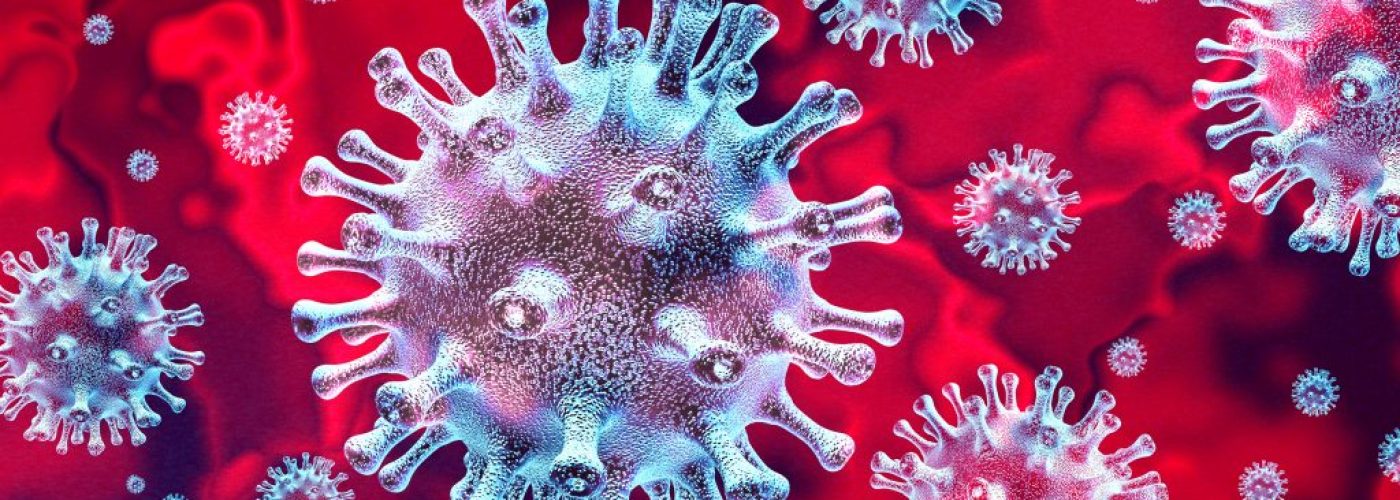The sharing of patient information and collaborative processing of information is essential in health care. The COVID-19 pandemic really highlighted that. There were so many events where collaboration was needed between hospitals and community care providers, as far as both infected patients and patients recovering.
One way to facilitate collaboration in healthcare is through real-time e-notifications that can be shared across settings and providers.
With e-notifications in health care, some of the issues that arose throughout the pandemic as far as patients going back into vulnerable nursing homes while they were still infected with COVID-19 might have been mitigated.
The following are some of the benefits of e-notifications as a way to boost collaboration and communication in healthcare. Many of these benefits touch not just specifically on e-notifications but also technologically-driven communication in general.
Improving Care and Outcomes
The biggest benefit overall of collaboration and e-notifications in health care are improved patient outcomes and care.
When a patient is seen by multiple providers, especially across both hospital and community care settings, a breakdown in communication can be extremely detrimental.
Every person who sees a patient is going to have a unique perspective within their area of expertise.
Collaboration and communication tools help create a holistic view of the patient.
Real-time communication paves the way for providers to act as if they’re together in the same room as they care for the patient, even when they rarely are.
Within the framework of COVID-19 and potentially other infectious diseases as well, e-notifications and real-time collaborative tools let providers get in touch with other providers quickly and obtain medical histories rapidly, which is needed for decision-making.
Otherwise, phone calls, emails, or faxes, which were the way data was previously exchanged, can create delays in treatment or even unnecessary interventions.
The faster information can be transferred, the better.
Provider Safety
Communication and e-notifications don’t just help patients—they help providers stay safe.
For example, if you’re a community-based provider and you’re dealing with a patient who’s returning to you with an infectious disease, you’ll need real-time updated information so that you can continue care in a way that’s safe for them but also you and the people you work with.
You’ll be able to put in place the necessary safety measures and prepare your staff accordingly.
Faster Treatment
Along with better overall treatment, increased real-time communication can mean treatment begins faster.
A lot of the care patients receive ends up taking place in what’s a lengthy process. Physicians have to wait for one another and wait for results.
That then leads to worsening in certain conditions and frustration for patients.
The Joint Commission always highlights staff communication and speeding up getting test results in the right hands as a National Patient Safety Goal.
As communication is increasingly bridged, it helps treatment begin faster.
Improving Efficiency and Reducing Costs
E-notifications and collaborative tools can help prevent errors and deliver better outcomes. That’s good for the patient, but it also reduces health care costs and improves overall efficiency. You’re cutting out some of the operational redundancies that can bog down a health care facility.
Research has shown that when collaboration is improved, it helps hospitals decrease the average length of stays and increase bed return. It can also increase before-noon discharges.
Prioritizing the Sickest Patients
When there are real-time notifications available, the sickest patients, particularly in a situation like COVID-19, can be prioritized. For example, information can be shared about discharge, which can ensure then, as quickly as possible, when they’re ready, recovering patients are moved out of critical care levels so that new patients can come in.
With discharge notifications, there can then be a triggering of the follow-up services, which could potentially include telehealth after a patient leaves the hospital.
Improved Staff Satisfaction
When staff have an easy, streamlined and real-time way to communicate, which has in the past meant significant barriers, they’re likely to be happier overall in their job and feel more satisfied, which improves care and reduces turnover.
There starts to become a sense of teamwork that can develop with the right tools for collaboration.
Overall, when you prioritize real-time communication and e-notifications, it’s going to improve outcomes, employee experience, and it’s also going to have financial benefits and lead to more efficiency.
The challenges of the COVID-19 pandemic have likely led many health care organizations to reassess the old way of doing things and move toward a more collaborative model facilitated by technology.





